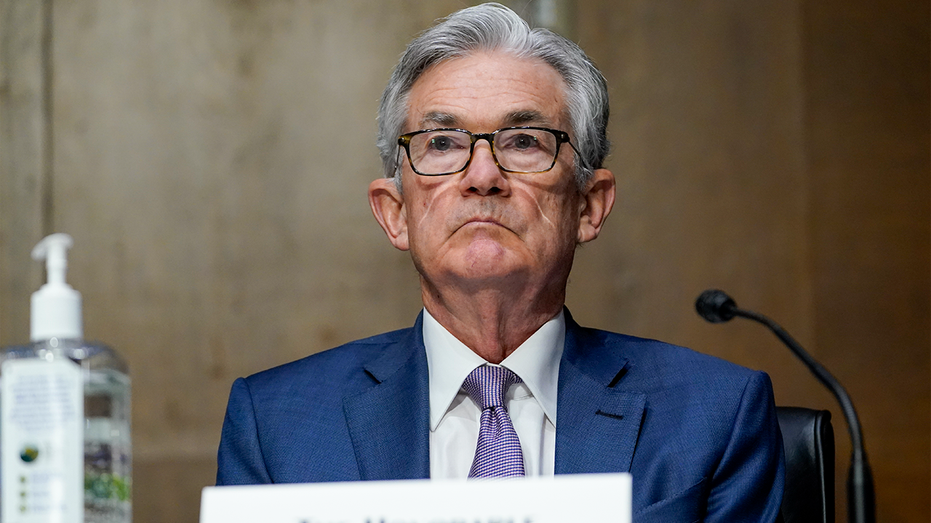Fed prepares to begin tapering asset purchases as inflation surges
Powell acknowledged inflation, supply-chain constraints have 'gotten worse'
Yellen, Powell ‘consistently wrong’ about inflation: Stephen Moore
Economist Stephen Moore on inflation, shortages and gas and energy prices.
Federal Reserve officials are poised to start slowing their aggressive bond-buying program in November, the first step that policymakers will take in dialing back pandemic-era support for the U.S. economy.
Fed Chairman Jerome Powell and other top policymakers have indicated over the course of the past month that they are preparing to start reducing the $120 billion in monthly purchases, a policy known as "quantitative easing" that's designed to keep credit cheap. Reducing bond purchases will be the first step the Fed takes in returning to a more normal policy setting.
"I do think it’s time to taper, and I don’t think it’s time to raise rates," Fed Chairman Jerome Powell said last week during a virtual discussion.
Minutes from the central bank's Sept. 21-22 meeting revealed that most policymakers agreed they could begin tapering asset purchases as soon as mid-November, with plans to conclude the reduction by July – about one or two months earlier than previously expected. That would mean the Fed would reduce assets by about $15 billion per month.
WHITE HOUSE MUM ON POWELL FED REAPPOINTMENT
"Participants generally assessed that, provided that the economic recovery remained broadly on track, a gradual tapering process that concluded around the middle of next year would likely be appropriate," the minutes, released Wednesday, said. "Participants noted that if a decision to begin tapering purchases occurred at the next meeting, the process of tapering could commence with the monthly purchase calendars beginning in either mid-November or mid-December."

Federal Reserve Chairman Jerome Powell
For months, the U.S. central bank has been grappling with how to manage the exit from the ultra-easy monetary policies put in place in March 2020 without triggering a market selloff. At the same time, inflation has been rising at the fastest pace in more than a decade. In August, the Fed's favored inflation gauge hit 4.3%, a 30-year high that's well above its preferred target of 2%.
Though Powell has largely downplayed concerns about the surge in prices and rising inflation – which he's mostly attributed to supply chain bottlenecks, pent-up consumer demand and a flush of stimulus cash – the Fed head hinted last week that he's grown more concerned about the matter.
GET FOX BUSINESS ON THE GO BY CLICKING HERE
"Supply-side constraints have gotten worse," Powell said. "The risks are clearly now to longer and more-persistent bottlenecks, and thus to higher inflation."
Powell said the central bank would watch carefully for signs that households and businesses were expecting prices to continue climbing and promised the Fed will "make sure that our policy is positioned for a range of possible outcomes."
Economic projections from the Fed's September meeting show that headline inflation expectations for this year are 3.7% – almost a full point higher than the May forecast, when Fed officials projected it would hit 3%.
"Most participants saw inflation risks as weighted to the upside because of concerns that supply disruptions and labor shortages might last longer and might have larger or more persistent effects on prices and wages than they currently assumed," the minutes stated.





















